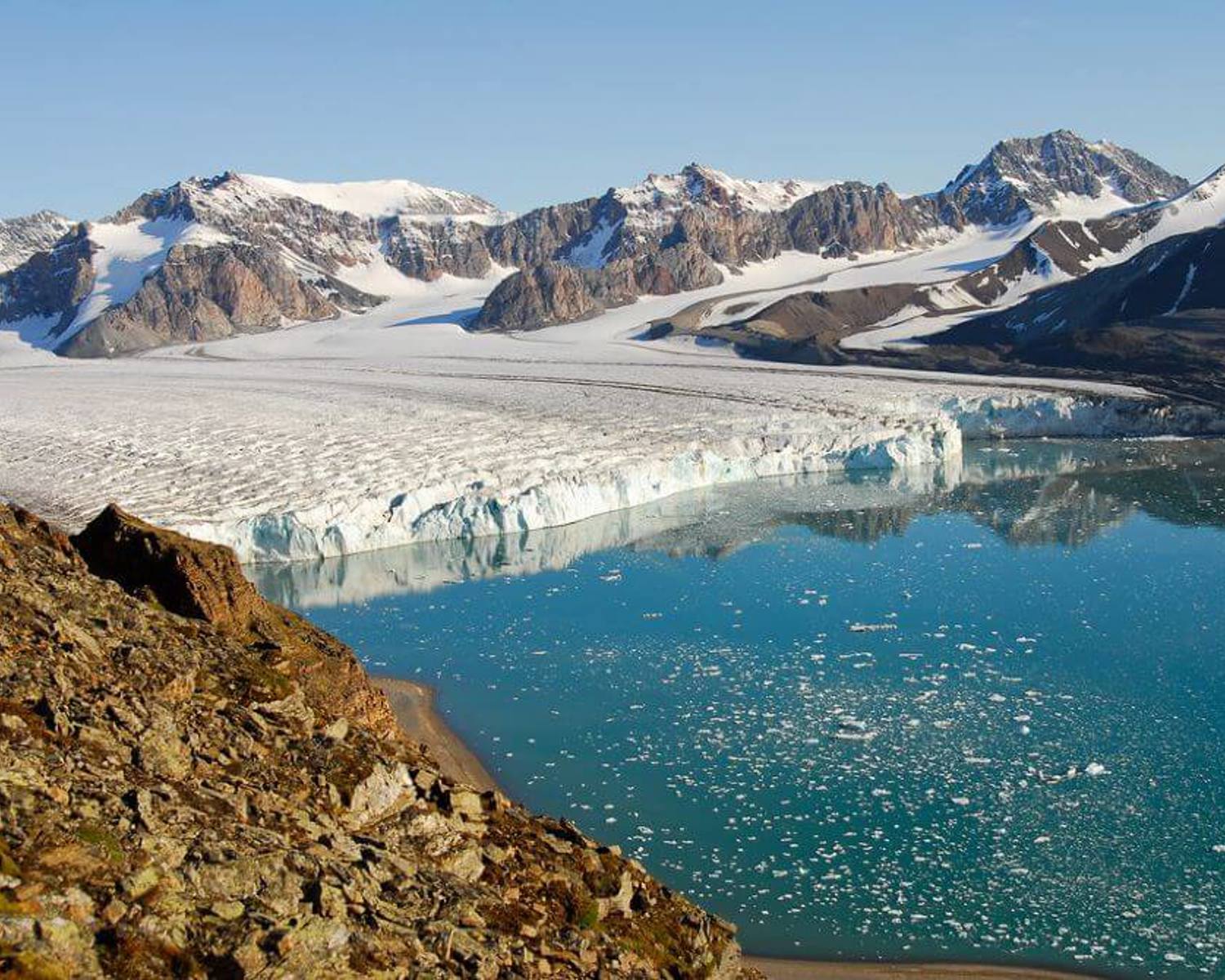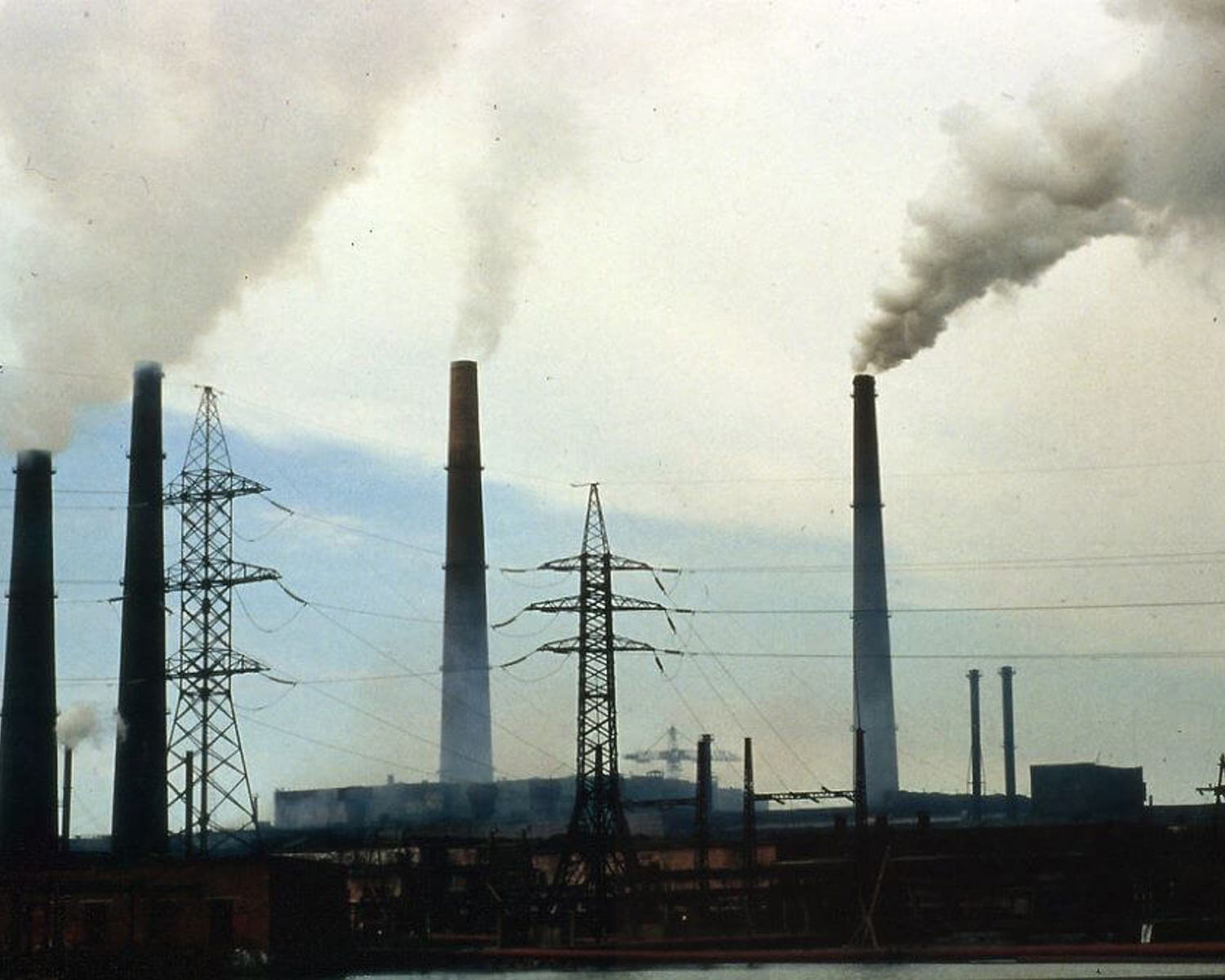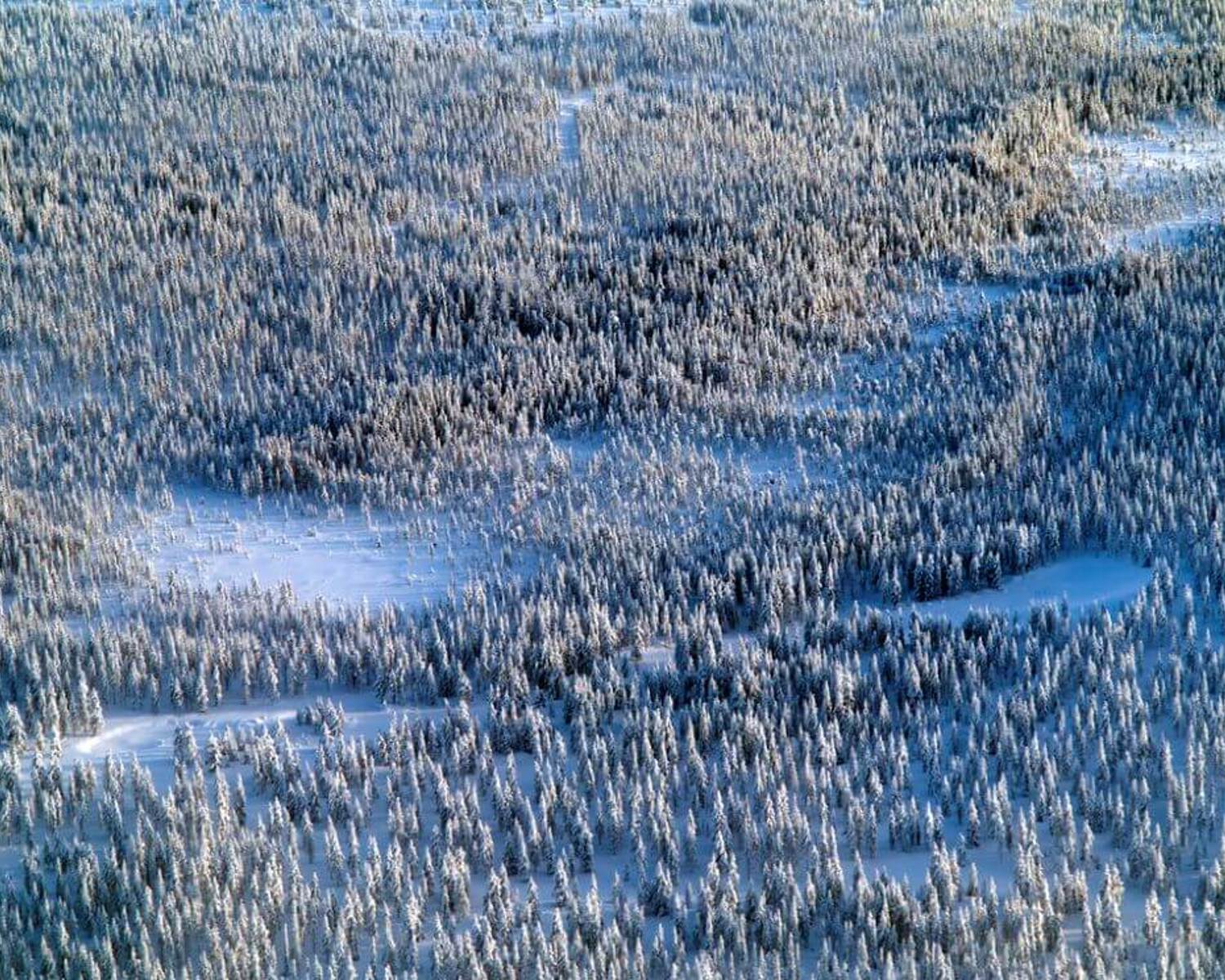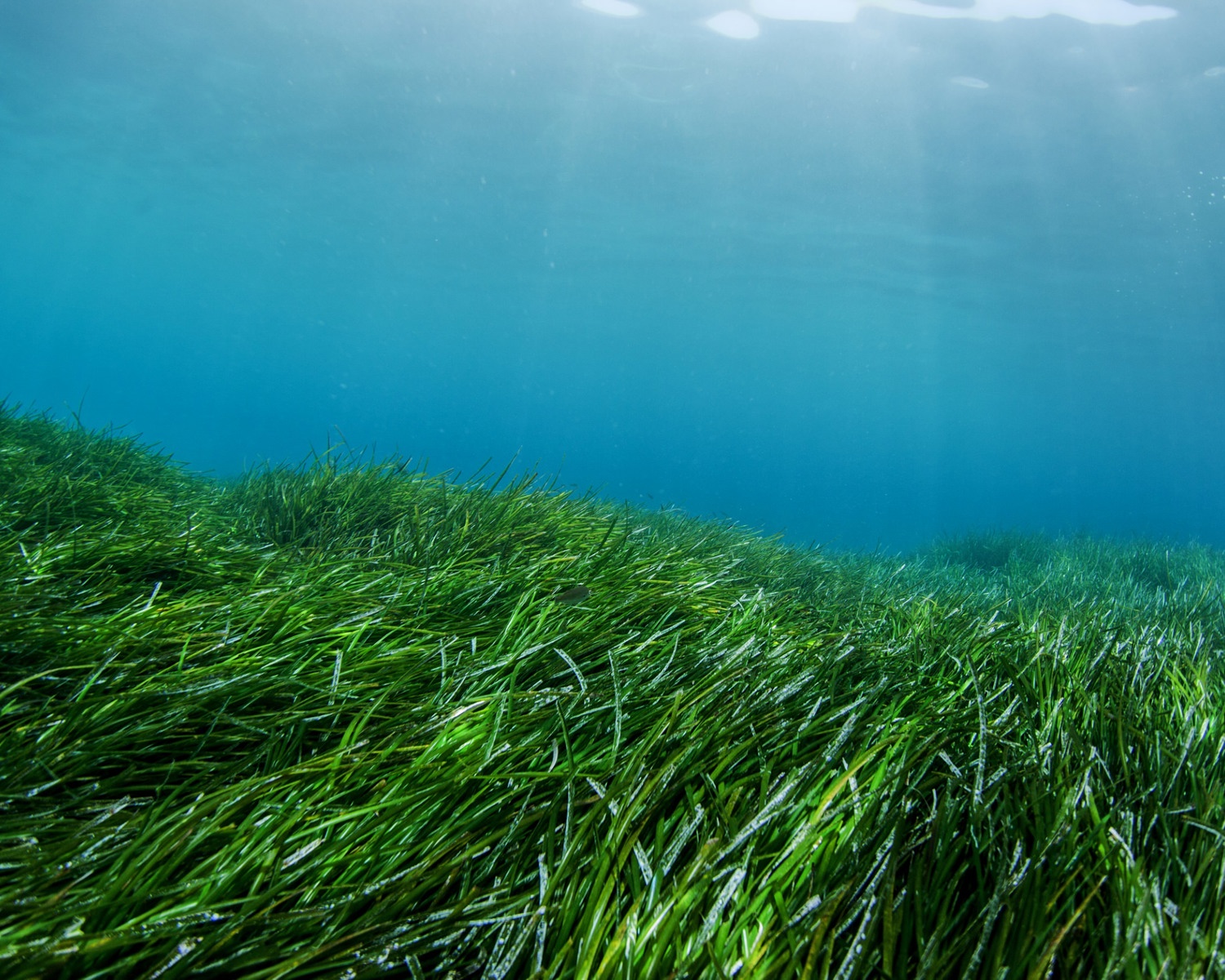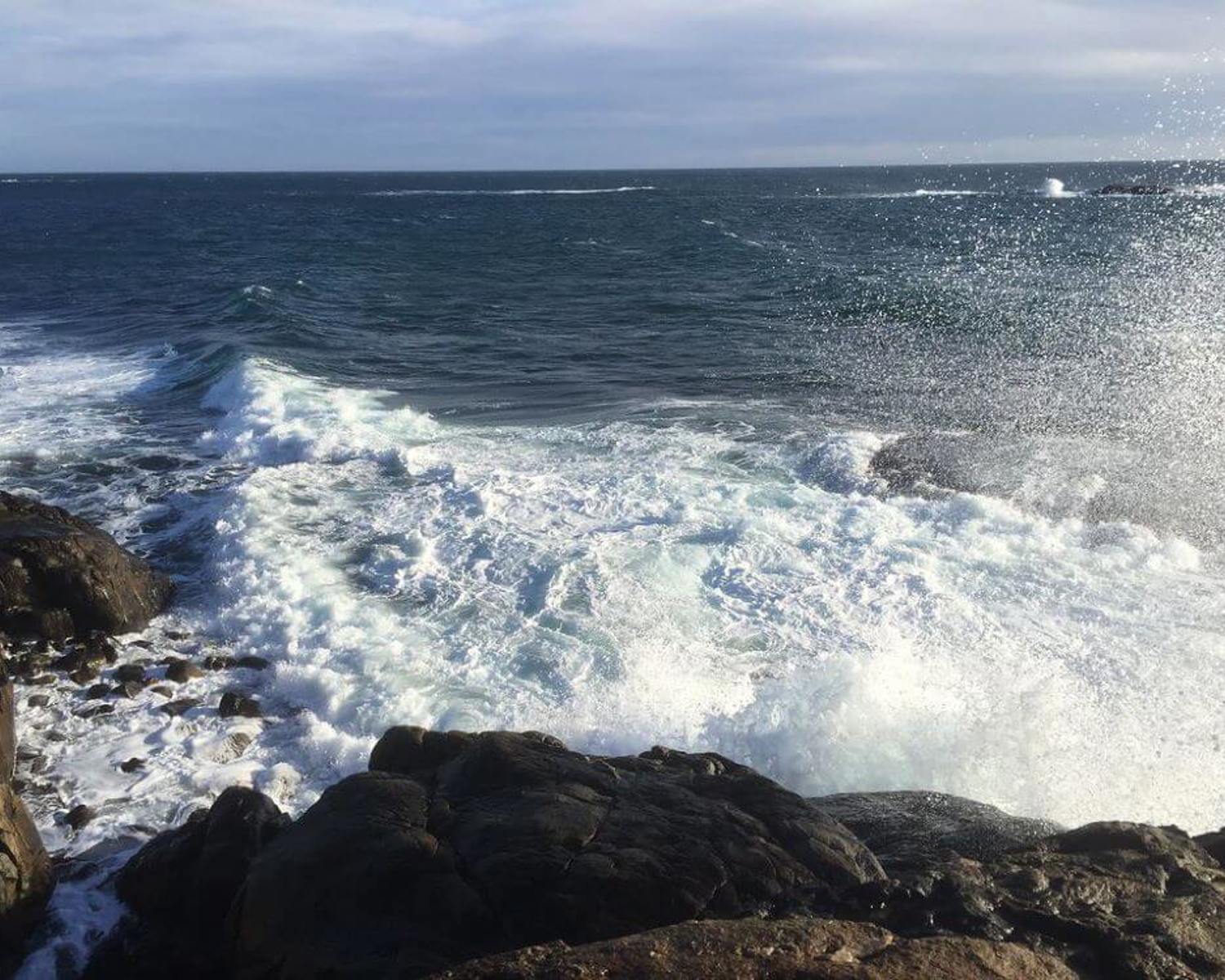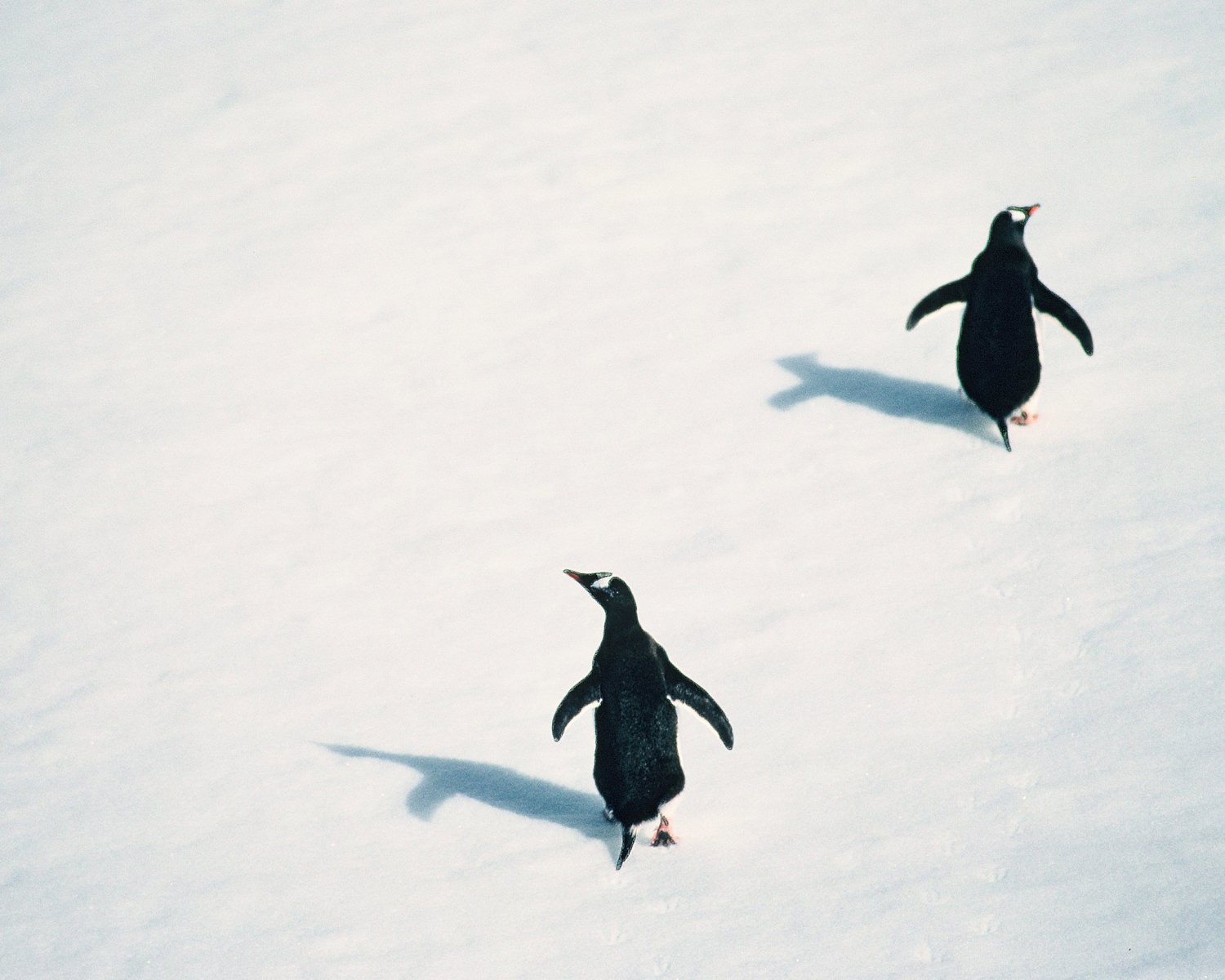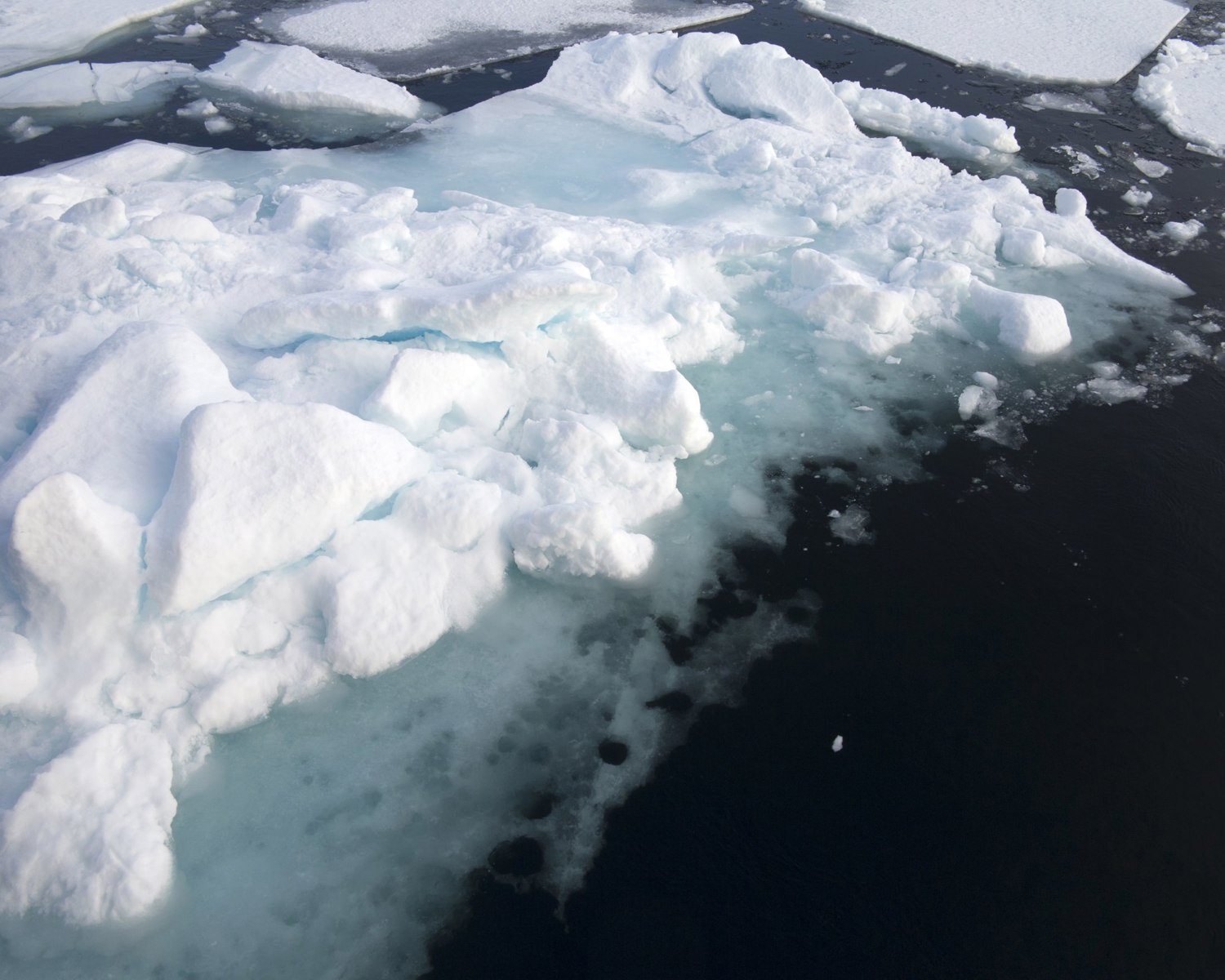Reflective foams and bubbles on oceans
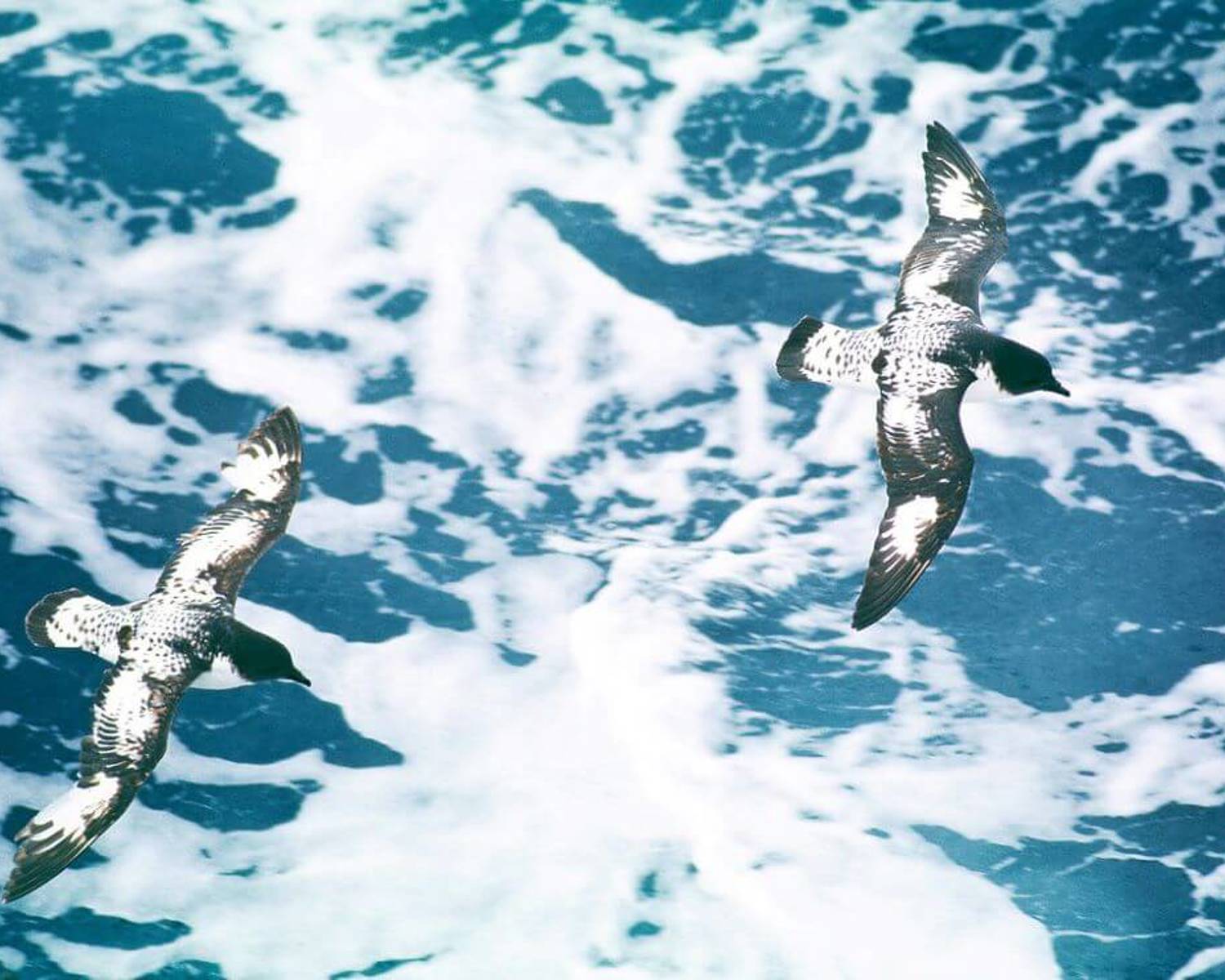
Sea water has a low albedo of around 0.1 and therefore absorbs most of the incoming solar energy. Since water covers over two thirds of the Earth’s surface, changes to this albedo can potentially cause significant changes in global temperatures.
Taking inspiration from the naturally occurring whitecaps on ocean water, several scholars have raised the idea to artificially enhance ocean albedo. Such ideas roughly fall under two categories: the (often mechanical) production of microbubbles, and the chemical production of foam (Evans et al. 2010). The main study on foams is by Aziz et al. (2014), who experimented with non-toxic biodegradable additives and found that they had lifetimes beyond three months in a tank. There have been more studies on the albedo enhancement potential bubbles. Seitz’s (2011) exploratory paper is often cited and suggests mechanically produced micro bubbles could provide a long-lasting method of ocean albedo enhancement. A similar idea for a small floating device that injects nanobubbles in the water has more recently been suggested under the name FizzTop (see Clarke 2022). Another often mentioned method focuses on the possible utilization of ships that already sail the oceans, mainly through a modification of their wake (Crook et al. (2016). Ortega and Evans (2017) consider such deployment to be most likely because it would require far less energy to maintain a coverage as compared to other measures. Haley and Nicklas (2021) conceived of a foam or bubble-like structure that could also function as a material for floating tiles which could be released onto sea surface. They furthermore suggest these tiles could be coated with fertilizers or alkalizers to raise oceanic pH and increase oceanic carbon drawdown. However, as they mainly study releasing these in the Atlantic Gyre, an area that falls beyond the geographical scope of this study, these will not be covered further.
Analysis overview

Technological Readiness Level (TRL)
Low 1
Technological Readiness Level (TRL)
A technology with a TRL of 1-3: TRL 1 – Basic; TRL 2 – Concept formulated; TRL 3 – Experimental proof of concept

Scalability
Medium 2
Scalability
Physically somewhat scalable; linear efficiency

Timeliness for near-future effects
Unknown 0

Northern + Arctic potential
Unknown 0

Global potential
Unknown 0

Cost - benefit
Unknown 0

Environmental risks
High risk 1
Environmental risks
Major, serious risks with a high disaster potential; multiple and cascading risks

Community impacts
Unknown 0

Ease of reversibility
Unknown 0

Risk of termination shock
Some risk 2
Risk of termination shock
Medium or relatively significant termination shock or damage

Legality/governance
Challenging 2
Legality/governance
Fits within existing structures to a certain degree, but some policy changes are needed to deploy at scale

Scientific/media attention
Medium 2
Scientific/media attention
Some attention within the scientific community, including published research and funding programmes; some media attention; some commercial interest
References
Aziz, A., Hailes, H. C., Ward, J. M., & Evans, J. R. (2014). Long-term stabilization of reflective foams in sea water. Rsc Advances, 4(95), 53028-53036. https://doi.org/10.1039/C4RA08714C
Crook, J. A., Jackson, L. S., & Forster, P. M. (2016). Can increasing albedo of existing ship wakes reduce climate change?. Journal of Geophysical Research: Atmospheres, 121(4), 1549-1558. https://doi.org/10.1002/2015JD024201
Cvijanovic, I., Caldeira, K., & MacMartin, D. G. (2015). Impacts of ocean albedo alteration on Arctic sea ice restoration and Northern Hemisphere climate. Environmental Research Letters, 10(4), 044020. https://doi.org/10.1088/1748-9326/10/4/044020
Evans, J. R. G., Stride, E. P. J., Edirisinghe, M. J., Andrews, D. J., & Simons, R. R. (2010). Can oceanic foams limit global warming?. Climate Research, 42(2), 155-160. https://doi.org/10.3354/cr008885
Gabriel, C. J., Robock, A., Xia, L., Zambri, B., & Kravitz, B. (2017). The G4Foam Experiment: global climate impacts of regional ocean albedo modification. Atmospheric Chemistry and Physics, 17(1), 595-613. https://doi.org/10.5194/acp-17-595-2017
Garciadiego Ortega, E., & Evans, J. R. (2019). On the energy required to maintain an ocean mirror using the reflectance of foam. Proceedings of the Institution of Mechanical Engineers, Part M: Journal of Engineering for the Maritime Environment, 233(1), 388-397. https://doi.org/10.1177/147509021775044
Gattuso J-P, Magnan AK, Bopp L, Cheung WWL, Duarte CM, Hinkel J, Mcleod E, Micheli F, Oschlies A, Williamson P, Billé R, Chalastani VI, Gates RD, Irisson J-O, Middelburg JJ, Pörtner H-O and Rau GH (2018) Ocean Solutions to Address Climate Change and Its Effects on Marine Ecosystems. Front. Mar. Sci. 5:337. https://doi.org/10.3389/fmars.2018.00337
Geoengineering Technology Briefing Jan 2021 GEOENGINEERINGMONITOR.ORG Analysis and critical perspectives on climate engineering info@geoengineeringmonitor.org Enhanced Microbubbles / Sea Foam. https://www.geoengineeringmonitor.org/wp-content/uploads/2021/04/enhanced_microbubbles.pdf
Haley, J. T., & Nicklas, J. M. (2021). Damping storms, reducing warming, and capturing carbon with floating, alkalizing, reflective glass tiles. London Journal of Research in Science: Natural and Formal, 21, 11-20. Available at: https://journalspress.com/LJRS_Volume21/Damping-Storms-Reducing-Warming-And-Capturing-Carbon-with-Floating-Alkalizing-Reflective-Glass-Tiles.pdf [Accessed 18 July 2024]
Clark, S. 2022. Planetary Restoration Blog. More Climate Solutions. https://planetaryrestoration.net/f/sev-clarke-more-climate-solutions [Accessed 16 July 2024]
National Academies of Sciences, Engineering, and Medicine (NASEM 2021). A Research Strategy for Ocean-based Carbon Dioxide Removal and Sequestration. Washington, DC: The National Academies Press. https://doi.org/10.17226/26278
Seitz, R. (2011). Bright water: hydrosols, water conservation and climate change. Climatic Change, 105(3), 365-381. https://doi.org/10.1007/s10584-010-9965-8
Zhao, M., Cao, L., Duan, L., Bala, G., & Caldeira, K. (2021). Climate more responsive to marine cloud brightening than ocean albedo modification: a model study. Journal of Geophysical Research: Atmospheres, 126(3), e2020JD033256. https://doi.org/10.1029/2020JD033256

